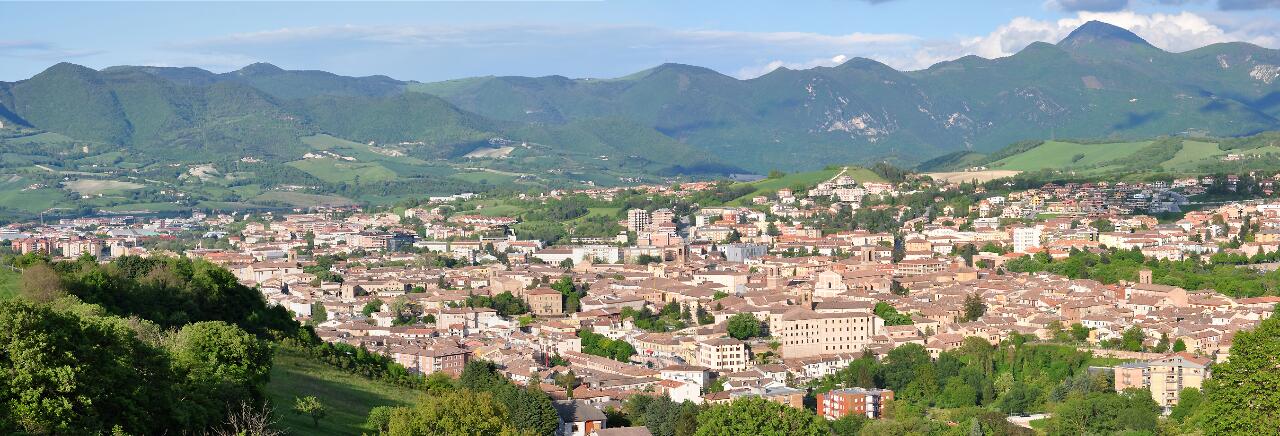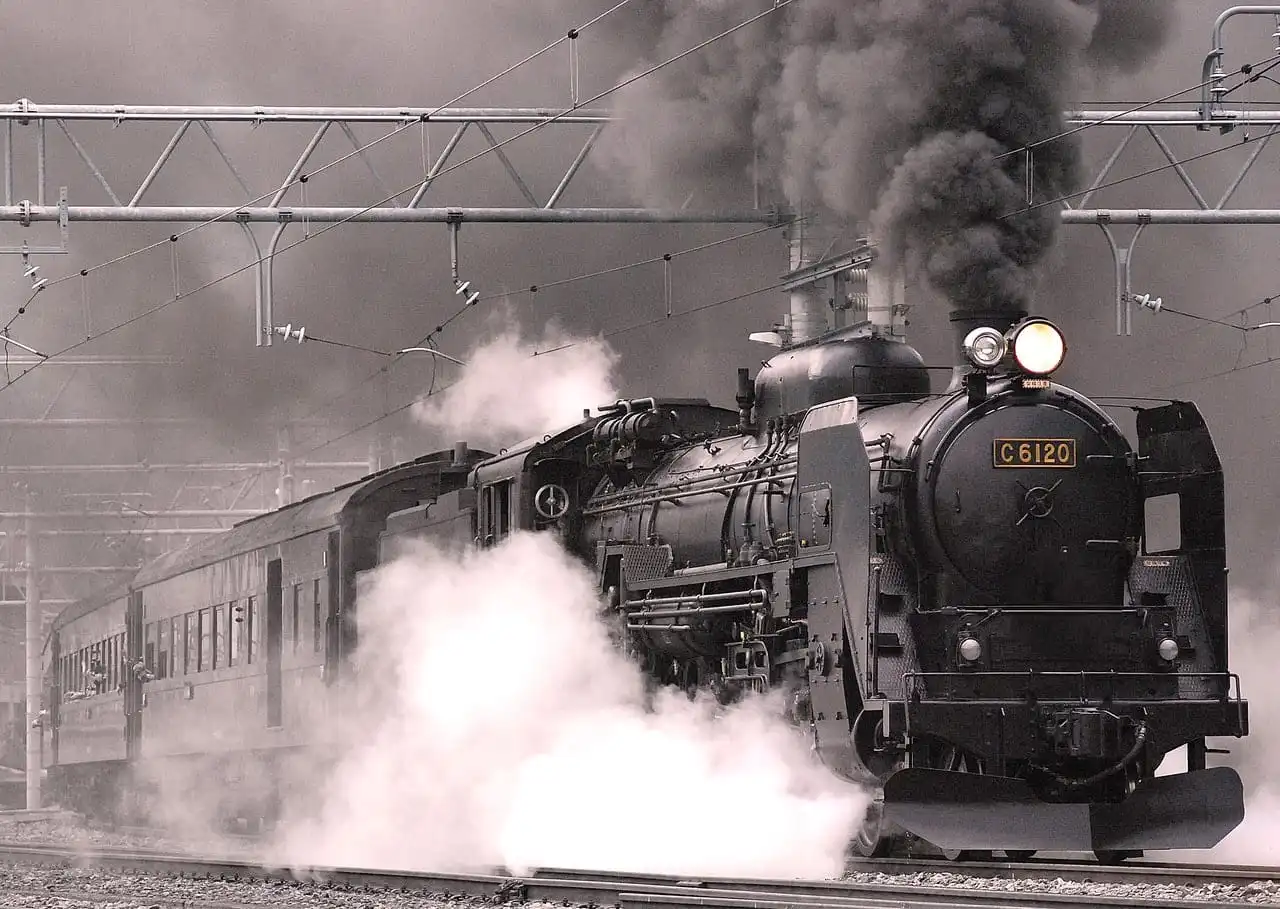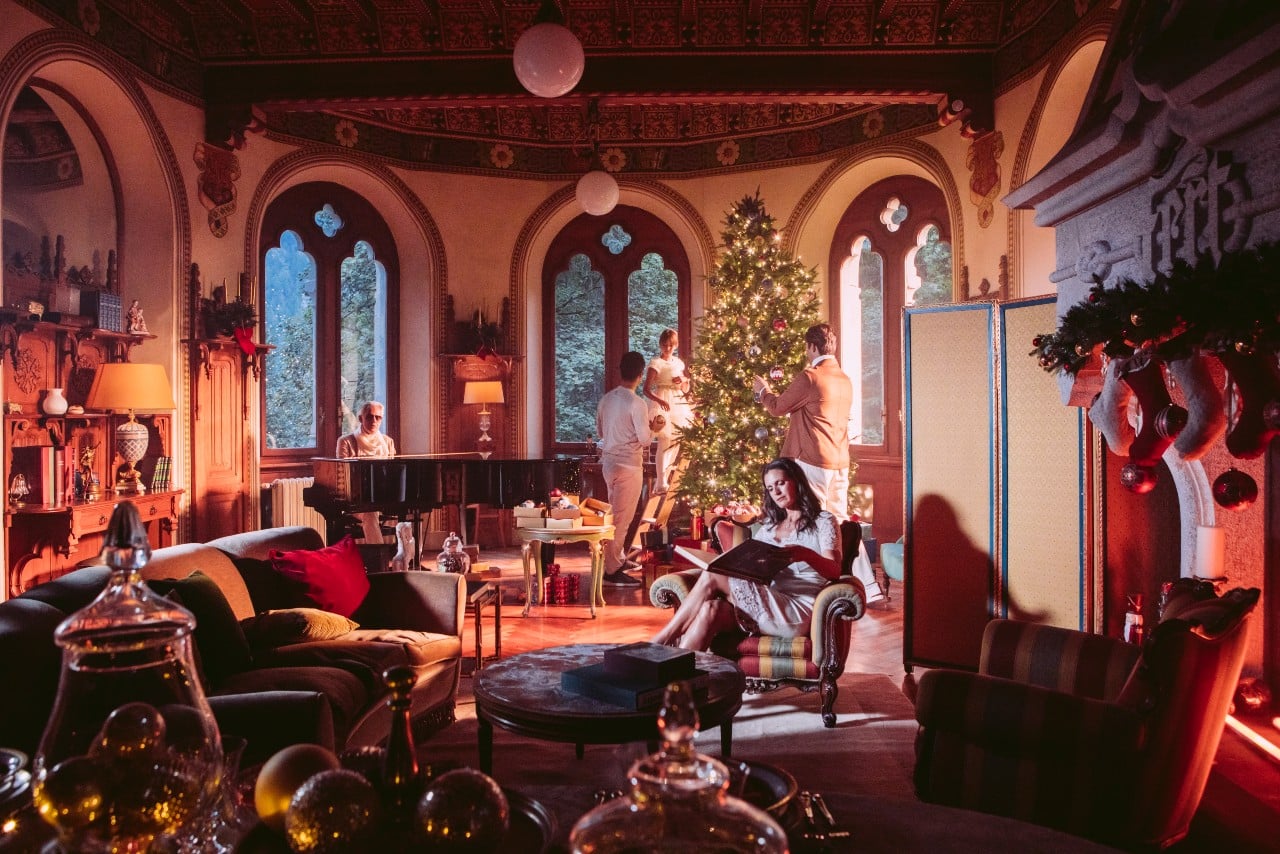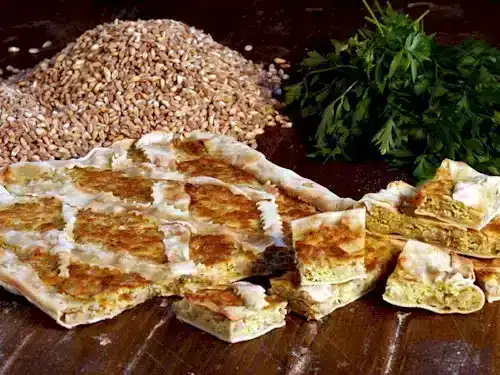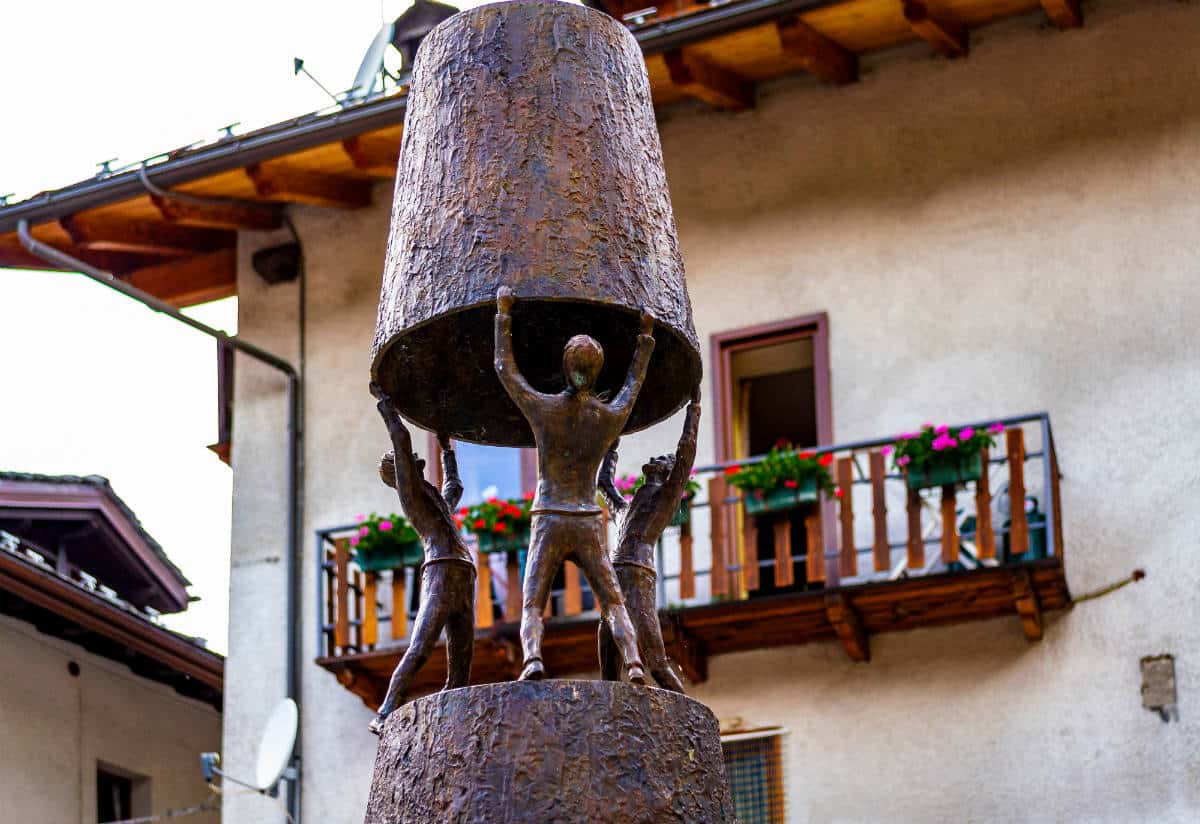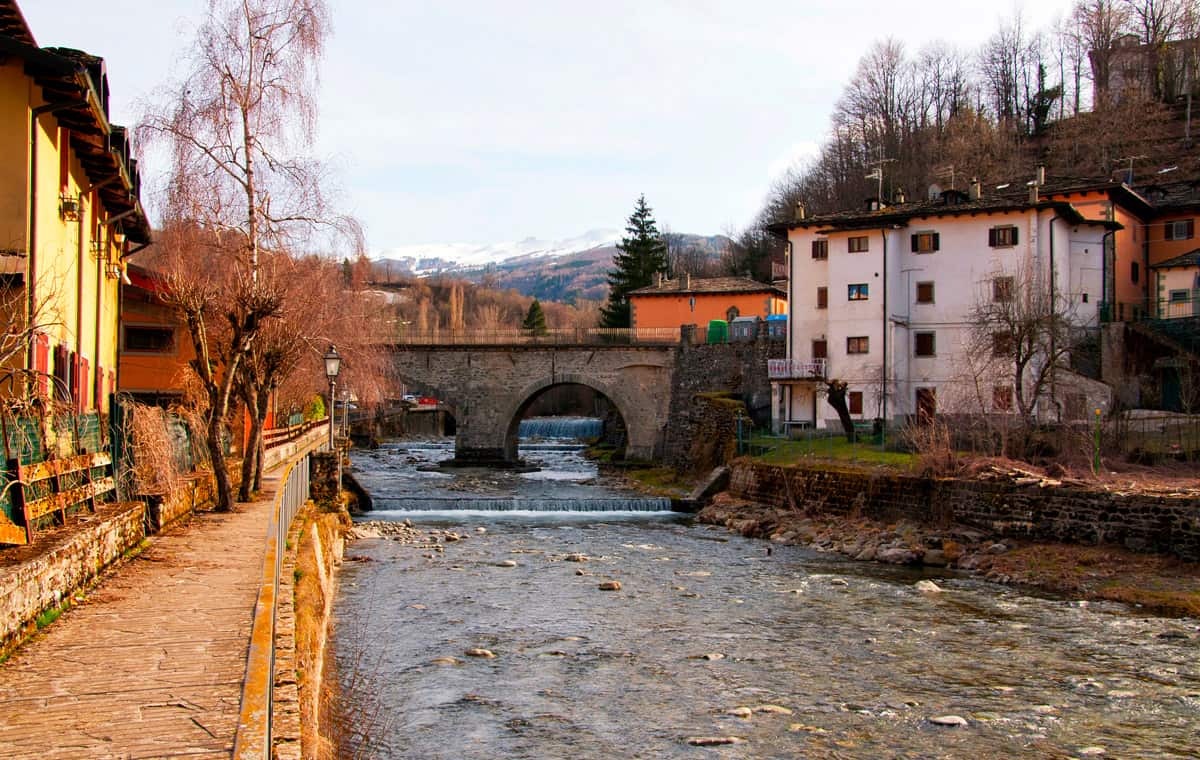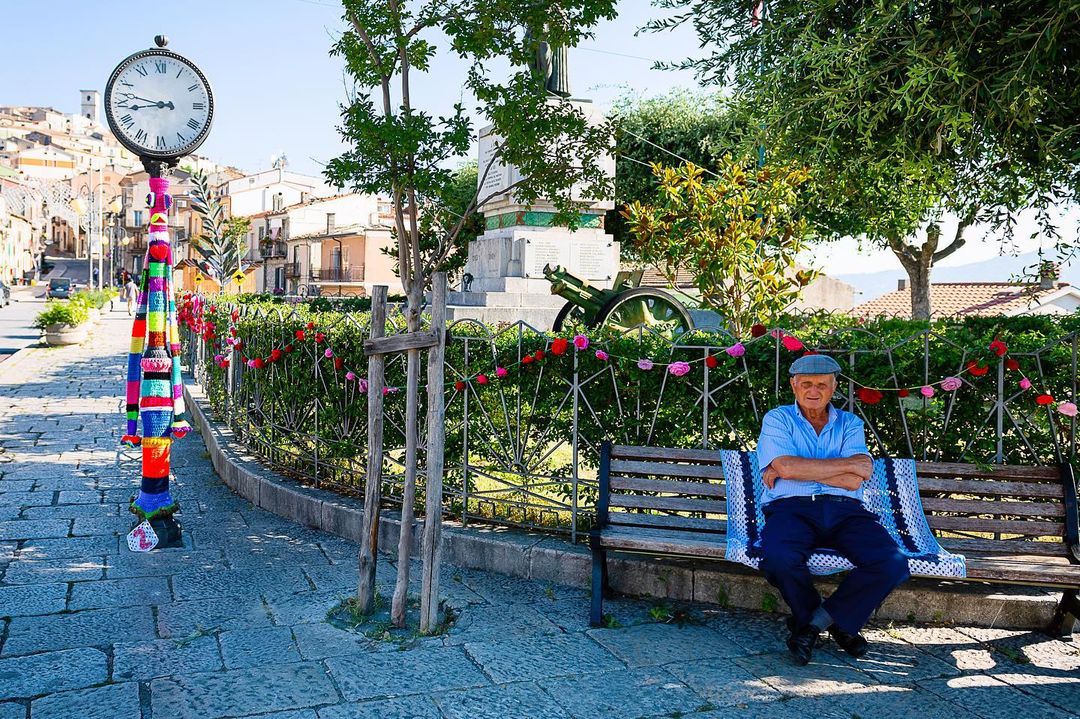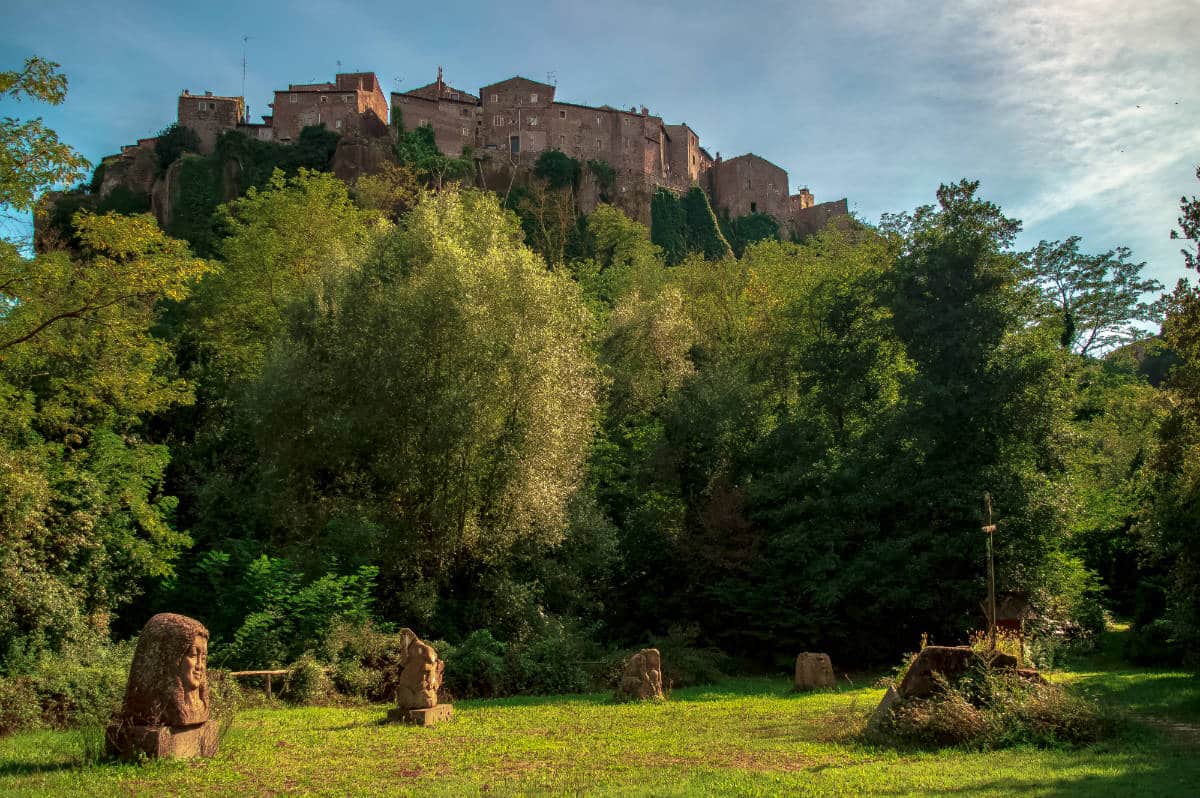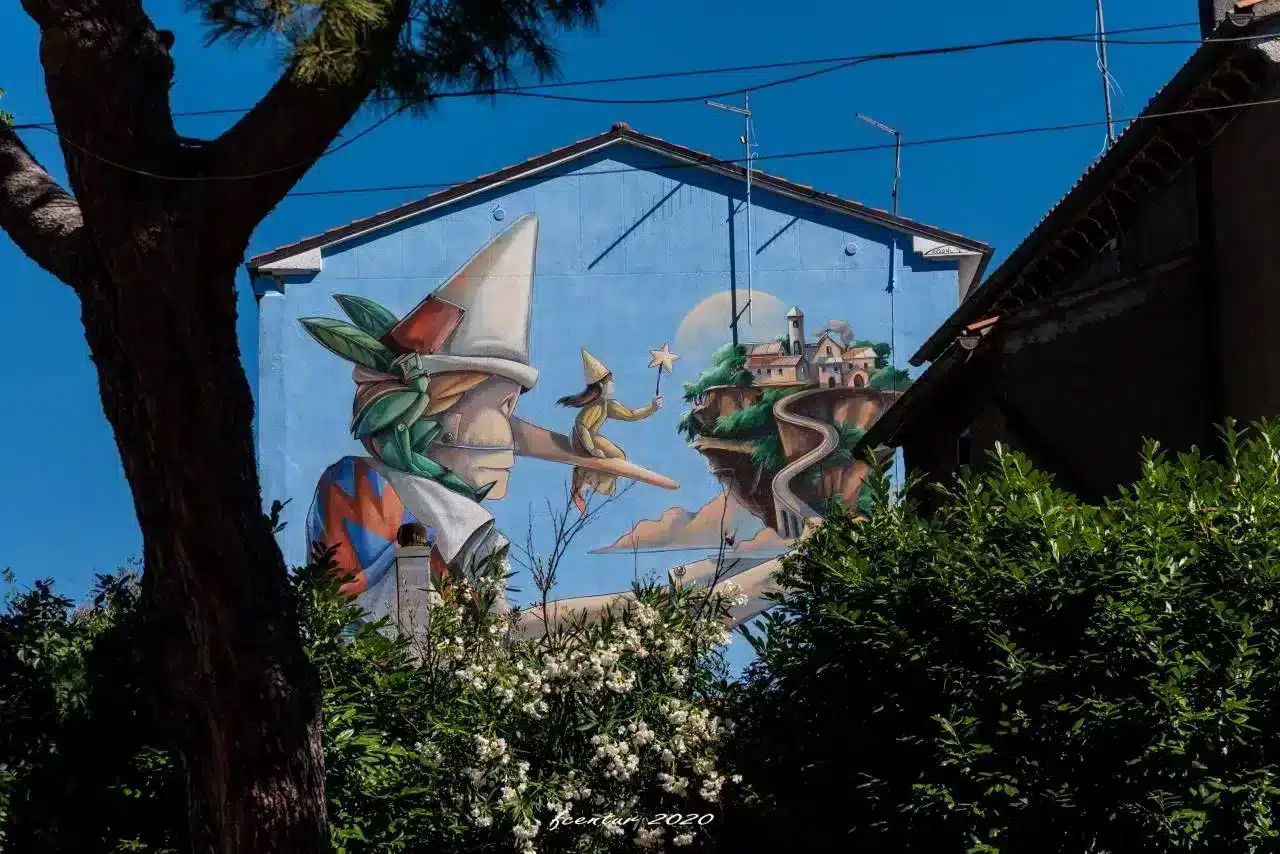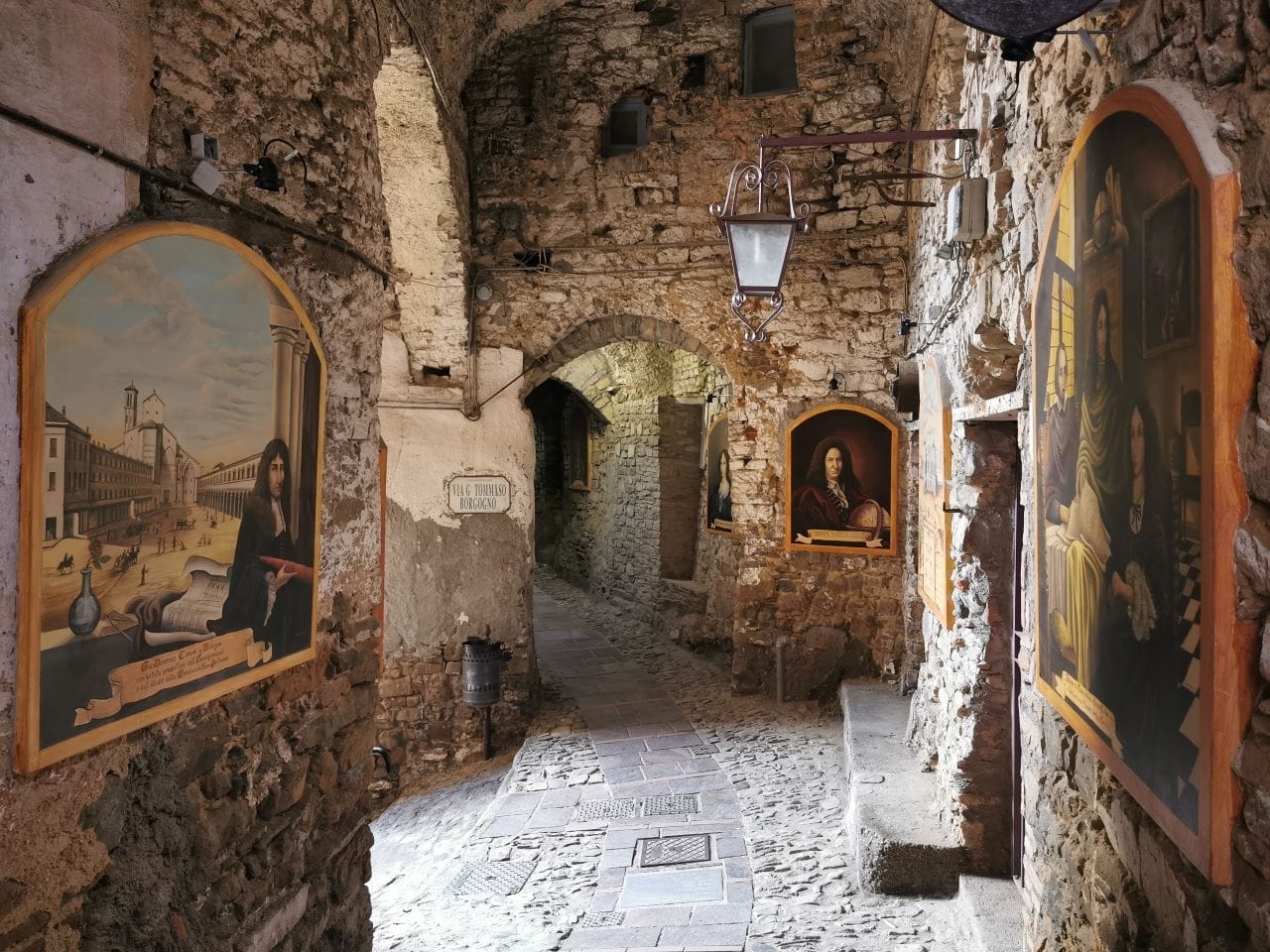There is a land in Calabria, Cosenza high, which combines the cultural and anthropological interest with the landscape and nature. It is the arbëreshe land of countries like Civita, Castroregio (with its Farneta subdivision), Plataci and others. These three are easily found going down in Calabria from Puglia or from particular areas of Basilicata. But the “Albanian” Cosenza Calabria embraces many territorial areas. It is the Arberia di Calabria.
A few words today on Civita.
A beauty, that of the village and its territory, which, as we well know and how dramatically it happened, can often become tragic. Our most collected thought and in reality devoid of adequate words goes to the victims. And if we tell the beauty of these places it is certainly not to overshadow what happened. A fatal event that marked this community of Civita. And that is why we intend to give more and more strength, in our small and for what it belongs to us, to this territory. Because in its undoubted beauty you find the reasons to go on. Go ahead despite everything.

Civita is the Albanian Çifti, a town that belongs to our most beautiful villages in Italy, as well as being the Orange Flag of Touring. Here the famous Ponte del Diavolo, photographed and evocative as few. Here the same Gorges on the Raganello stream, part of the homonymous nature reserve. A canyon that has always attracted tourism.
Also nearby is Frascineto and its hamlet Ejanina, other places linked to the Albanian culture.
Civita really has an extraordinary position, totally overhanging. Not a high hill, rather a village completely hidden among the rocks. It is the famous “nest of eagles”. Pollino leaves from here, especially for those coming down from the north.
Civita receives Balkan peoples in the fifteenth century. This is how the ancient center of Sibaritide is reborn, we are in the area, in short, of Cassano all’Ionio. It was a place born as a protective anti-tank. With the Albanians, the revival, also thanks to those of “second generation” from Puglia.
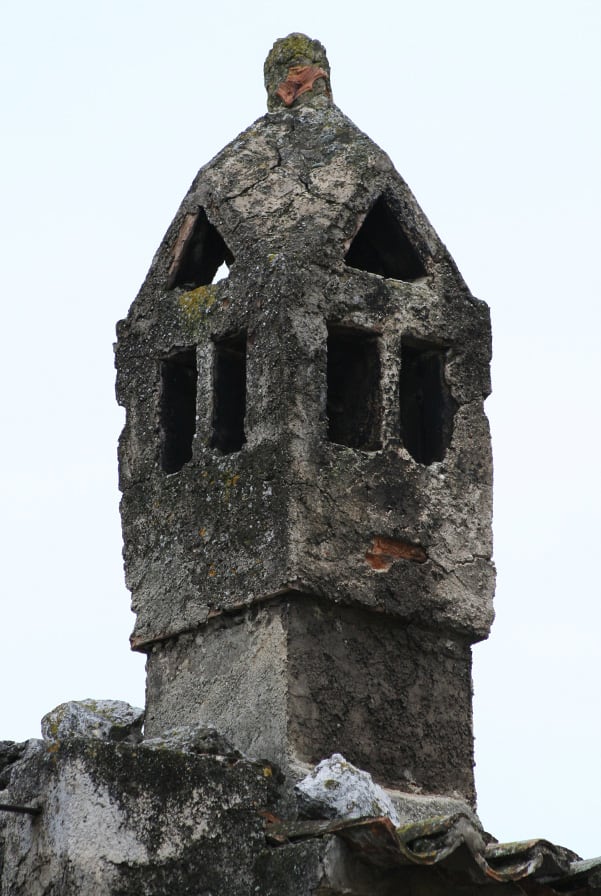
Civita was among the first municipalities to set up a language help desk for the protection of its ancient dialect. Here too the liturgy of the old Christian East is practiced. The village winds through characteristic lanes and is distinguished by the great care given to the protection of its most historic homes, all converging on small squares that have always been understood as places of ritual aggregation. Quirky and curious the chimneys of the houses, different for families, understood by tradition as apotropaic totems. The oldest ones date back to the 17th century. And what about the “houses of Kodra”, a tribute to the twentieth century painter Ibrahim Kodra? They look almost human.
The Byzantine liturgy in the Albanian language is celebrated in the 16th century church of Santa Maria Assunta. The square altar, the icons, the iconostasis: everything recalls a well-defined tradition. Beautiful icons, painted by the Italian-Albanian Alfonso Caccese.
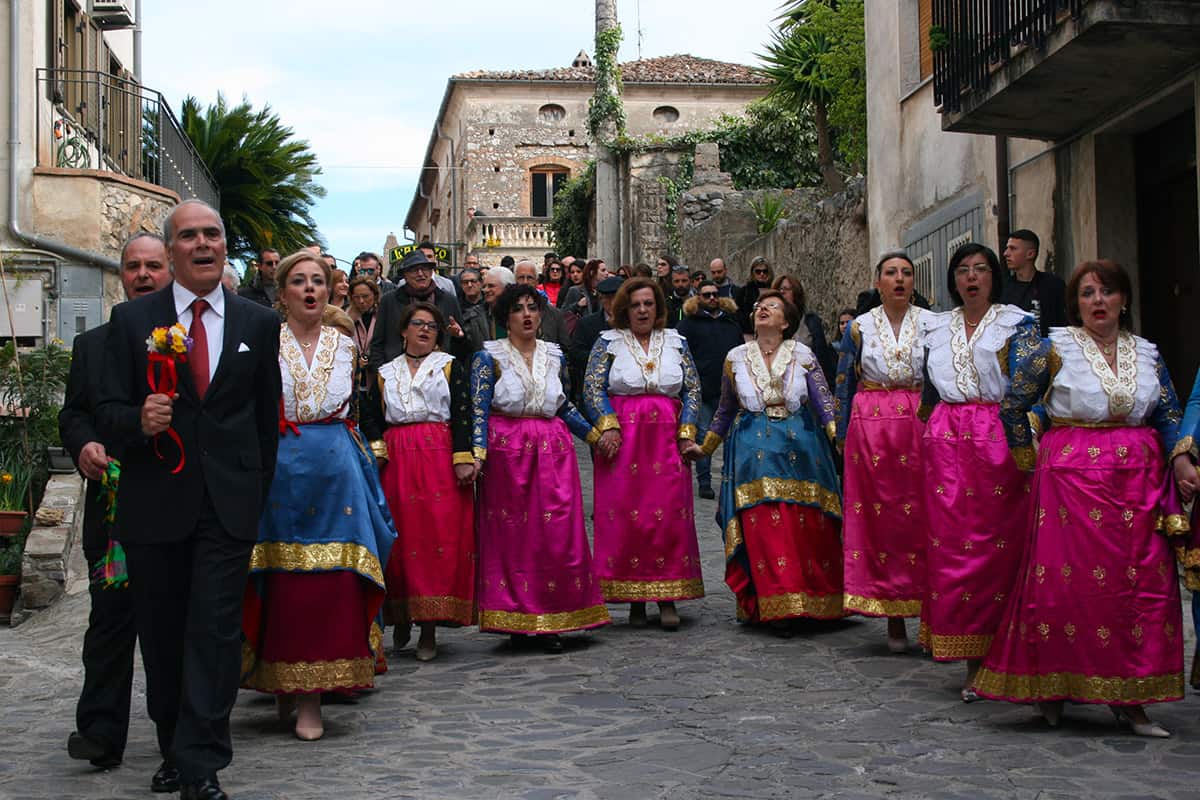
Preserved in Civita the folk songs and dances, linked to the celebrations of Easter (the Vallje) and to the memory of the great leader Scanderbeg. On these occasions we find here all the Calabrian Arberia. While in May the good bread of the place, the soppressata and the rosé wine of Pollino are a happy and joyful gastronomic background to bonfires organized to burn the lentisk, dancing around the fire: they are the Kaminezit and the Maj.
In Civita there is also a well-organized Ethnic Museum on the Albanians and then also the Museum of Filanda (dedicated to the instrument operated by the water of the stream) and the Eco-museum of the Raganello Valley Landscape. Historical also the art of clothes, especially feminine, very beautiful: as noted in Civita is the practice of embroidery, still very much felt and practiced.

Leave this rich land inside, rich in an internal and external travel. Internal, because you are in that Italy which is the true backbone of the country. The province that resists. Exterior because here you travel through other cultures that recall other lands and different languages.
Photo Flavia D’Agostino


